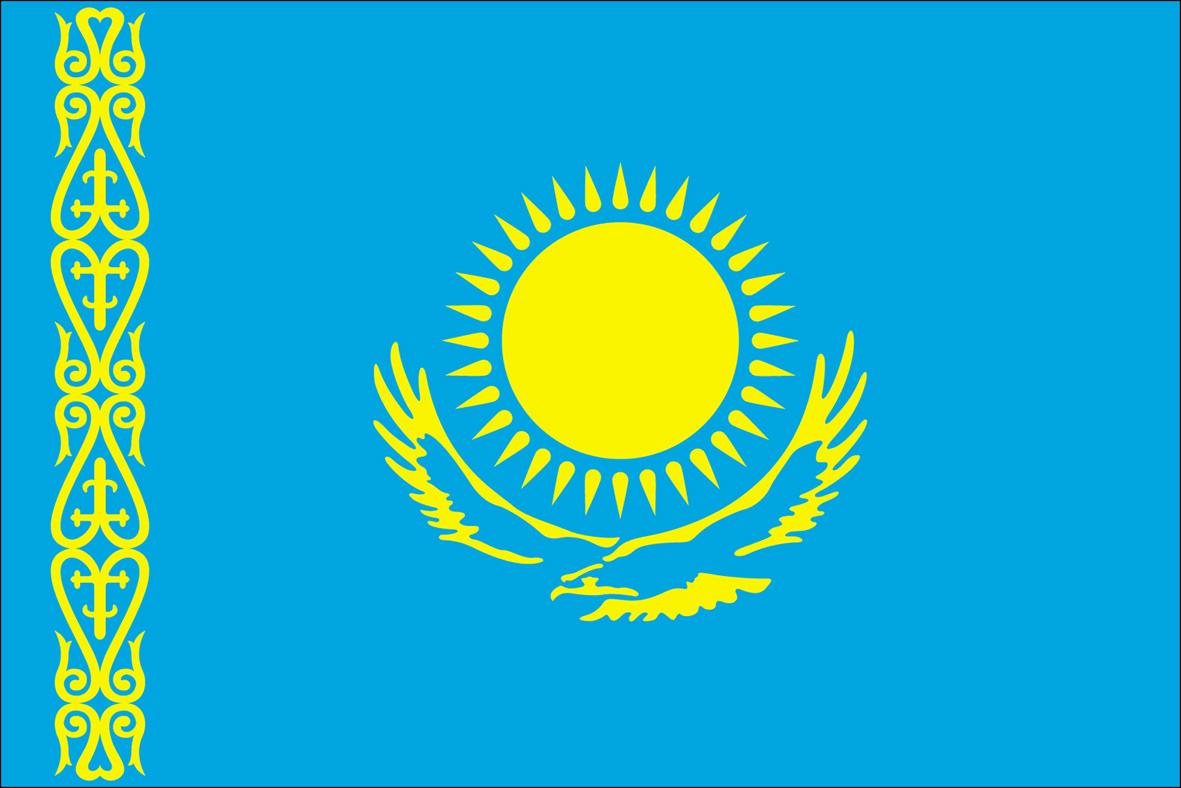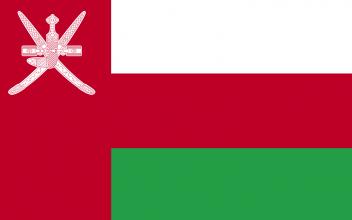Did you know?: Mongolian Nomadism along the Silk Roads
Sagsay, Mongolia © De Visu / Shutterstock.comVarious forms of living existed along the diverse and extended Silk Roads. Amongst the diverse people and tribes who passed along these roads, the nomads of Central Asia and Mongolian steppes played a significant role in the cultural exchanges.
The ecological conditions were at the heart of the life of the nomads’ lives. The climatic circumstances (such as the aridity or the cold), and the possibilities given by the Mongolian steppes guided their way of living, economy, and customs, which was mainly centred around pastoralism.
This latter phenomenon resulted in exchanges between nomads and the sedentary people who were opened to nomadism, as they perceived pastoralism as a way and means to mutual exchange with nomads. Consequently, commercial, intellectual, and spiritual exchanges between them were intensified and turned the Mongolian steppes to linking spot between the most diverse cultures on the large Eurasian lands and steppes.
Moreover, the proximity between China and Mongolia led to exchanges between these two societies. Chinese goods such as silk, satin, cotton, tea or rice as well as Chinese knowhow were integrated into the Mongolian nomadic culture, notably through trade relations along the trade roads, or via gifts coming from diplomatic contacts. Trading of cattle by Mongolian nomads in exchange of furs was another motivation of interactions between Mongolian Steppes and neighbouring lands in China or as Siberia.
Mongolian nomads were also the main horse suppliers of their neighbouring lands. It was under the Han Dynasty (3rd century BC) that the cavalry was equipped with Mongolian horses and then their successors maintain this horse trade. The introduction of Mongolian horses, and thus horse riding, had a deep impact in Chinese culture, leading to the popularisation of trousers for men.
In the field of Arts, the influence of Mongolian nomads in China is also notable. Between the 7th and 9th centuries, new musical instruments coming from Mongolia became even more popular than the traditional ones. Furthermore, relay stations (post stations) along the trade roads are another non-neglectable legacy of that were restored thanks to the Mongolian nomads.
Ultimately, the culture and trade of Mongolian nomads served as an intermediary between diverse cultures and people along the Silk Roads. The spread of Buddhism across Asia is known to be linked to this special role of Mongolia. Thanks to these exchanges, nomads became important actors of interactions and mutual influences along the Silk Roads and left a remarkable legacy.
See also:
The Spread of Buddhism in South and Southeast Asia through the Trade Routes
Sayyid Bin Abu Ali, a True Representative of Intercultural Relations along the Maritime Silk Roads
Thailand and the Maritime Silk Roads
Greek Presence in Central Asia
The Central Asian Maritime Silk Routes
Astronomy along the Silk Roads
Mapping and Compilation of the World Maps along the Silk Roads
Muslim presence in the Korean Peninsula
Muslim Monopoly along the Silk Roads
The Interconnections between Portuguese and Malay languages
Oman region, a Hub on the Maritime Trade Routes
Interactions between Indian Subcontinent and Western Land during Roman Empire
Trade Routes in Himalayan India
The Silk Routes of the Mongols




